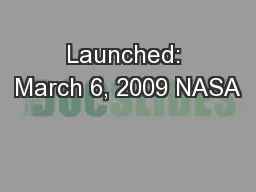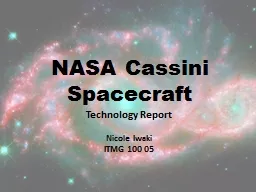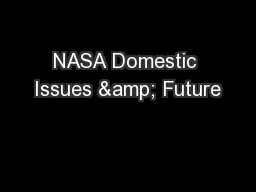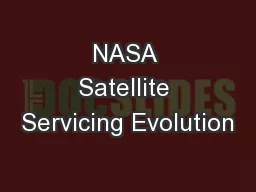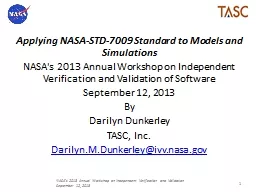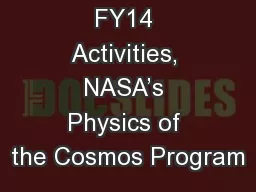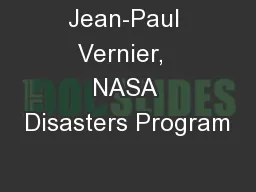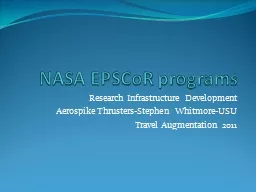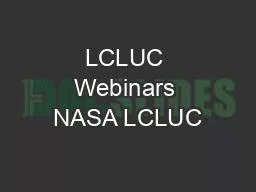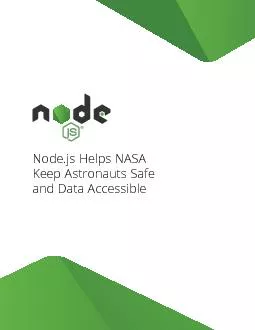PPT-Launched: March 6, 2009 NASA
Author : jane-oiler | Published Date : 2018-02-07
s first mission to detect Earthsize planets orbiting in the habitable zone of Sunlike stars NASA s Kepler and K2 Missions 1030 confirmed exoplanets as of July
Presentation Embed Code
Download Presentation
Download Presentation The PPT/PDF document "Launched: March 6, 2009 NASA" is the property of its rightful owner. Permission is granted to download and print the materials on this website for personal, non-commercial use only, and to display it on your personal computer provided you do not modify the materials and that you retain all copyright notices contained in the materials. By downloading content from our website, you accept the terms of this agreement.
Launched: March 6, 2009 NASA: Transcript
Download Rules Of Document
"Launched: March 6, 2009 NASA"The content belongs to its owner. You may download and print it for personal use, without modification, and keep all copyright notices. By downloading, you agree to these terms.
Related Documents

